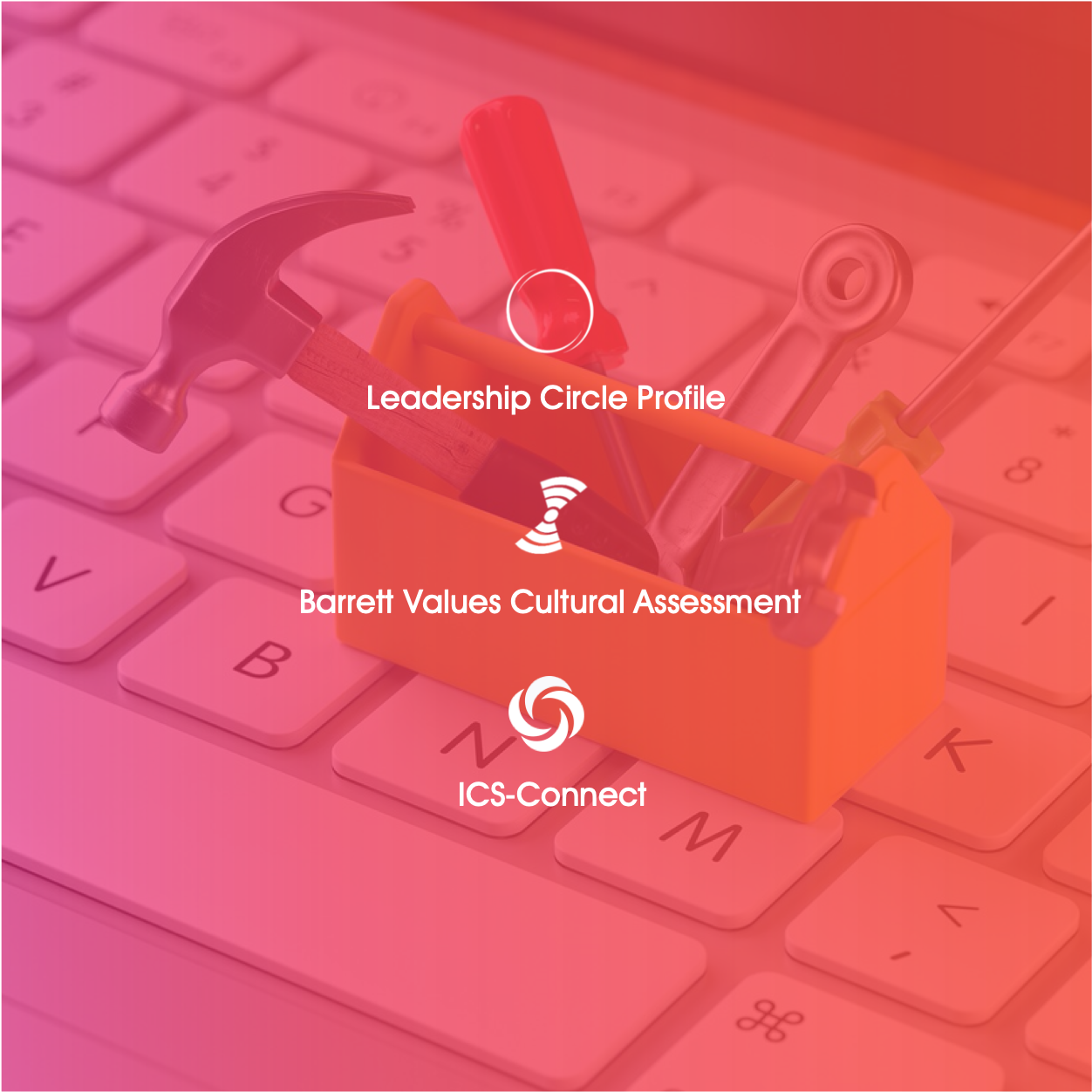3 tools for building a high-performing team
Leadership Blog | 6 minute read

Written by Bella Blazewicz

In the same way you can’t build a house of bricks without mortar, you can’t build a high-performing team without understanding how the members fit together. While there are a wide range of diagnostics tools available to do this, here we’ve compiled just three important ones to get you well on your way.
ICS-Connect
I’m sure we’ve all hit our lifetime’s quota of psychobabble and personality tests, so we should start by saying this is neither of those.
ICS-Connect (Interpersonal Connecting Styles) is based on the psychological studies of Carl Jung. Jung propounded that there are four different energies within us, categorized as red, green, blue, and yellow. These energies are the very essence of who we are, and the more we are aware of them, the better they work for us.
They are not personality types, though certain personalities have a propensity toward certain energy types, they are communication preferences. The act of leadership is communication and language, so the better we understand these communication preferences, the better our interaction with others.
People are not just red or just green, we are all a bit of each of them, but most of us have a preference towards one. For example, people with a preference towards red energy are more comfortable expressing themselves in an extraverted fashion. They are likely to adopt a more direct style of communication and may display less concern for the feelings of others.
On the other end of the continuum are people with a preference towards green energy. These people are more introverted, and their decision making is based on sensory experiences and how they feel.
Communication is a mindset that plays out in our dealings with others. Understanding both your own and your team’s communication preferences helps build empathy and understanding and promotes clear communication within the team. Both introversion and extraversion are championed here, and neither is favoured over the other - watch this keynote by Simon Sinek on How to Leverage Being an Introvert
Barrett Values
Every organisation has a list of aspirational terms like “integrity” and “togetherness” pinned to a wall somewhere, and these are great values to strive towards. Here at Achieve Breakthrough we have our (Hu)manifesto. But often an organisation’s wish list of values can differ from the prevailing values within the company. Simply stating on a poster that you are an organisation with equal opportunities for all counts for nothing if you don’t put it into practice.
The Barrett Cultural Values Assessment plots employees’ values against your organisation’s and exposes where values have misaligned. This allows you to address these value misalignments and have a greater understanding of what drives your team. The assessment is also a useful tool for recruitment, ensuring the values of would-be employees align with your own, as well promoting authentic inclusivity
The assessment itself is a short, customisable survey that produces diagrams and written reports with detailed insight into what values are most important within your organisation.
The results can bring about deep conversations about purpose, value and how members of your organisation fit within it. In turn, this ensures you have a principally aligned, consistent, high-performing team at your side.
Leadership Circle
Leadership Circle offers a 360-degree insight into how your team is functioning. It provides feedback on your creative competencies such as how you achieve results, bring out the best in others, and lead with vision - as well as your reactive tendencies, which are natural for most humans, but when over-leveraged can be aggressive, self-limiting leadership styles to avoid.
This tool provides feedback from your own team on how you display these competencies, as well as giving an extremely comprehensive scope for improvement. It incorporates internal and external changes with individual and collective changes to ensure no developmental stone is left unturned.
Leadership Circle focuses on improving and cultivating creative competencies. This doesn’t mean picking up a paintbrush, but rather picking up the drawing board pen, and ensuring you are inspiring your team to achieve the best results they can.
Businesses aren’t machines
These three tools, among others, are things every well-oiled organisation should have in their toolkit. Diagnostic tools help you to understand the people you are working with better and help you build high-performing teams. Because to succeed, you need to nurture the greatest asset in any organisation’s toolkit: its people.
Looking to achieve the impossible? Get in touch to explore how we can help you ignite your ambitions.
Published 20/05/2021
Subscribe by Email
Achieve more breakthroughs. Get expert leadership ideas, insights and advice straight to your inbox every Saturday, as well as the occasional bit of news on us, such as offers and invitations to participate in things like events, webinars and surveys. Read. Lead. Breakthrough.
